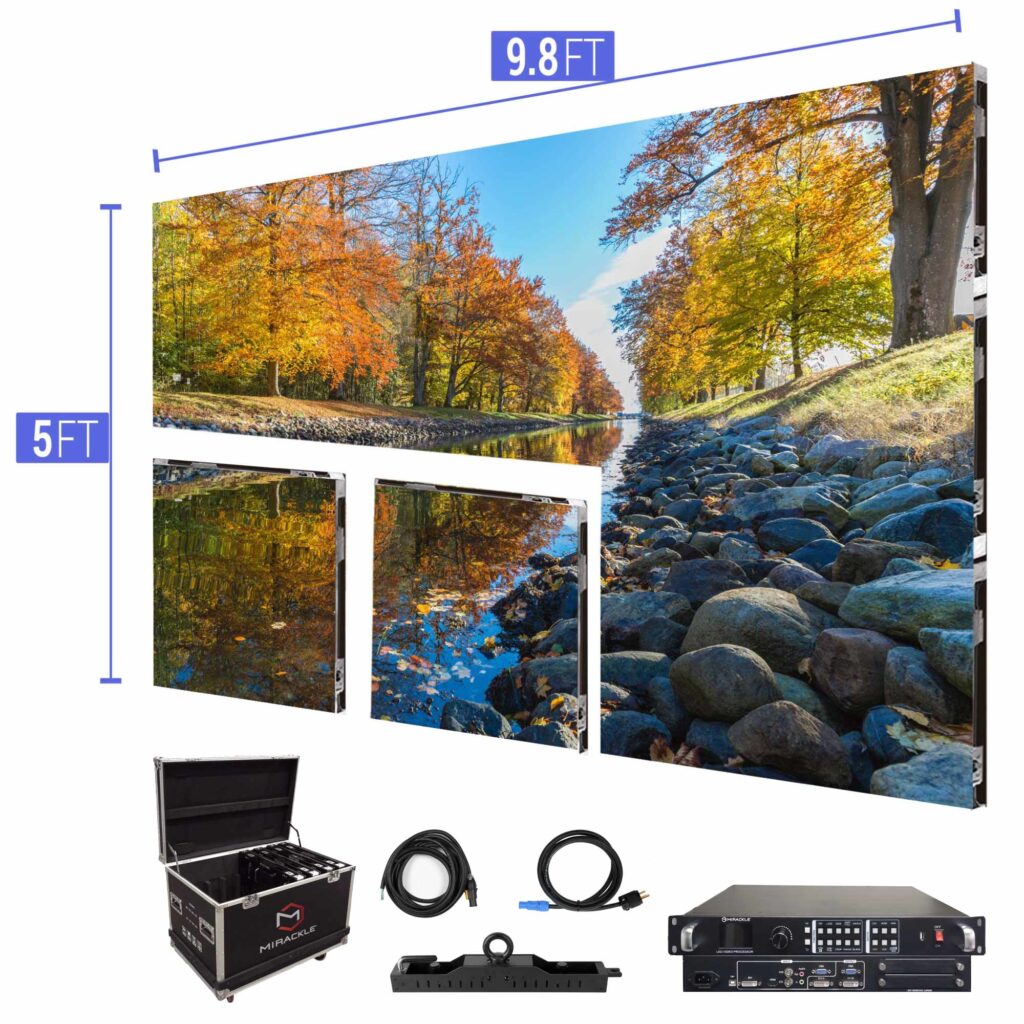Clarifying Light Emitting Diode Wall Screen Illumination Metrics aiming at Optimal Visual Performance
Clarifying Light Emitting Diode Wall Screen Illumination Metrics aiming at Optimal Visual Performance
Blog Article
Light Emitting Diode panel screens have become more and more favored across various environments, including residences and commercial spaces as well as public areas. Such screens tend to be recognized due to the vivid and vibrant displays, which make them suitable for conveying information, advertisements, as well as engagement. However, understanding the illumination levels for Light Emitting Diode panel panels is essential for ensuring ideal visual efficacy. Illumination is measured in units known as candelas, that show the amount of light is emitted from the screen. A greater number of number of nits, the brighter more luminous a visual will be. For, example, one screen boasting 1,000 candelas stands considerably more vivid compared to one with 500 candelas, rendering this one better equipped in brightly lit settings.
As you choosing an Light Emitting Diode panel screen, one becomes important to consider the environment in which the screen will be placed. In brightly lit areas, such as shopping malls or outdoor settings, a higher luminosity rate becomes essential for guaranteeing clarity. On the other hand, within dimmer settings, like cinemas or conference rooms, a lower brightness level may suffice. This is because excessive luminosity within an dim setting may result in viewer discomfort among viewers, making it harder to focus on the display. Therefore, understanding the particular needs for an setup site will aid with selecting a right brightness level for optimal viewing experience.
Another important element to take into account the contrast contrast proportion of an Light Emitting Diode led wall rental services wall panel. The contrast ratio indicates the difference between the brightest white versus the darkest black shade which the panel is able to create. An greater differential ratio indicates the display can it is capable of present greater clarity and depth, which improves general visual clarity. For example, a panel with a contrast proportion at 10,000:1 will display images featuring greater brilliant colors and sharper features than one with a proportion at one thousand to one. Such becomes especially important when displaying visuals and motion graphics which require high definition as well as fine details, such as presentations and advertising material.
Additionally, the technology mechanism that drives LED wall panels has an crucial role for the illumination and overall performance. Various kinds of LED technologies, including Organic Light Emitting Diode and LCD, possess distinct characteristics that affect how luminosity is experienced. OLED panels often provide better contrast as well as darker blacks, which may improve the viewing experience within dim environments. On the other hand, standard Light Emitting Diode panels may be more suitable for well-lit spaces due to their capacity for produce higher amounts of brightness. Comprehending such technological variances will guide users to making informed decisions based on their individual requirements.
In conclusion, regular maintenance as well as adjustment of Light Emitting Diode panel panels may assist preserve optimal illumination as well as efficacy over time. Dirt as well as dirt Continue may build up in the screen, impacting the illumination as well as clarity in the display. Regular cleaning and expert calibration can guarantee that panel screen operates in its best, offering consistent visual clarity. Additionally, certain sophisticated LED panel screens come with integrated features which allow users for adjust illumination levels and hue settings based on their wants. By taking such measures, users can ensure the their Light Emitting Diode panel screens provide the best display performance, regardless of where setting where that these are placed.